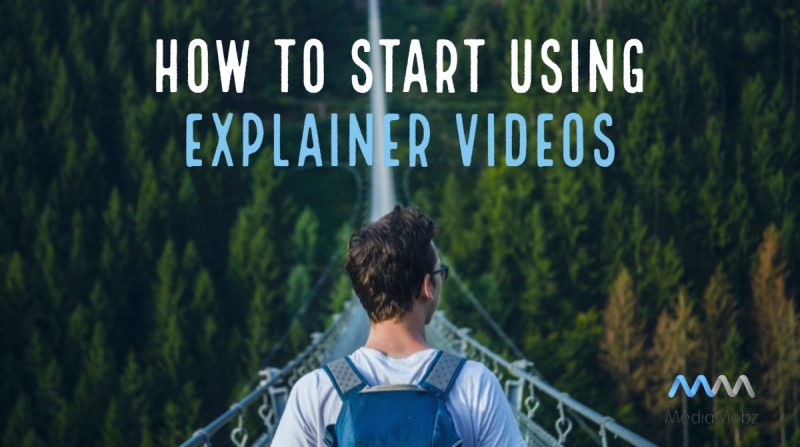Explainer videos in 2018 are a must-have for most companies with a product. This is exceptionally true for companies that provide software or infrastructure as a service. Whether you are tech giant, or a small business with a great idea: an explainer video is one of your first points of contact with a potential customer.
An informative and educational video of this kind should seek to capture the viewer’s attention, inform them, and encourage them to take action. When you consider how many influencers are active on social media sites, the opportunities for marketing your services, products, website (or whatever it is you want to promote) are endless.
12 Types of Explainer Videos
First things first, you ought to select a type of explainer video that best suits you. Here are the primary 12 options:
- Simple 2D Animation – Efficient and simple, 2D animation offers artistic freedom and is a cost-effective choice.
- Upscale 2D Animation – This option is well-suited for product launches and more complex services/products. Great when you want to gain a lot of traction with visuals playing a significant role.
- 3D Animation – Attention-grabbing, 3D animation incorporates visual effects with audio for promotional and corporate purposes.
- Live Action – A recording of moving or still objects will proved useful for informing and educating.
- Whiteboard – Hand drawn and erased animations can help the viewer to visualize an idea in their own way.
- Moving Typography – Text is heavily relied on when a message is delivered with typography video.
- Animated Screencast – This type of explainer video will usually show the viewer how something works, such as software.
- Stop Motion – This technique involves capturing an animation one frame at a time. The rapidly-changing sequence will look like it is moving when it is played back.
- Video Infographic – A motion graphic video of this kind will accelerate interest and enlighten the audience.
- iPad/iPhone Apps – Use applications on your iPad or iPhone to create captivating videos and presentations with a single image.
- Music Only – Evoke emotion with a soundtrack and visuals.
- Testimonials – A review of your brand from satisfied customers will help your audience to trust you.
Picking the best fit
Here’s where audience research comes into play. There might be a few types of explainers that you’re already leaning towards. Just remember, though the choice is yours, the goal of the video is to inform and motivate customers. It is not a piece that has to exactly meet your design sensibilities. It should, however, appeal to the specific audience that you have targeted. Trust your audience research. Use that as a foundation to make a decision where budget, sensibility, and targeting are in alignment. Wandering how to find your target audience? We are going to have an in-depth post on exactly that, so stay tuned!
Conducting a Case Study on Results
There is a good case to be made for explainer video case studies. In order to do this effectively you should create a focused script that is brief and straightforward. Make sure the video ticks the boxes for entertainment, information, and marketing. Teach your audience what your brand does in less than 60 seconds, followed by a call to action (CTA). Integrate visuals and music/audio/voice over to compel action and teach the viewer(s) something they didn’t know before. Monitor the views and viewer-to-sign-up conversions over the course of a few weeks to determine if your approach to video marketing has worked. This is key to always having good ROI. The method tried might be a catastrophic failure in terms of conversions, but will be an incredibly valuable data and teaching point. In the digital age, information is a perfectly acceptable return on investment. This means that your venture is that much closer to striking gold.
Creating Clear and Digestible Videos
Getting your message across without losing the viewer’s interest can be tricky, unless you know how to create a video that is as clear as it is digestible. Transform text into visuals and when using linguistic terminology: inform the viewer(s) of the definition in a simple way. The video length is another important factor in digestibility. Aim for 1-2 minutes. Market research shows that there is a steep attention drop-off close to the 2 minute mark.
Conclusion
Regardless of how big your company or venture is, creating a great explainer is of key importance. Audience must be put first. The rule to follow here is find a compromise between your company messaging/branding, audience targeting, and best video practices. It should all circle back to a positive customer journey.
